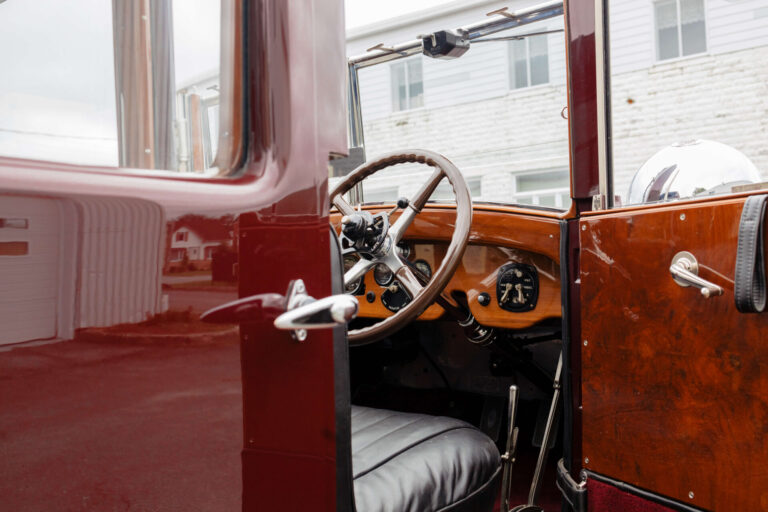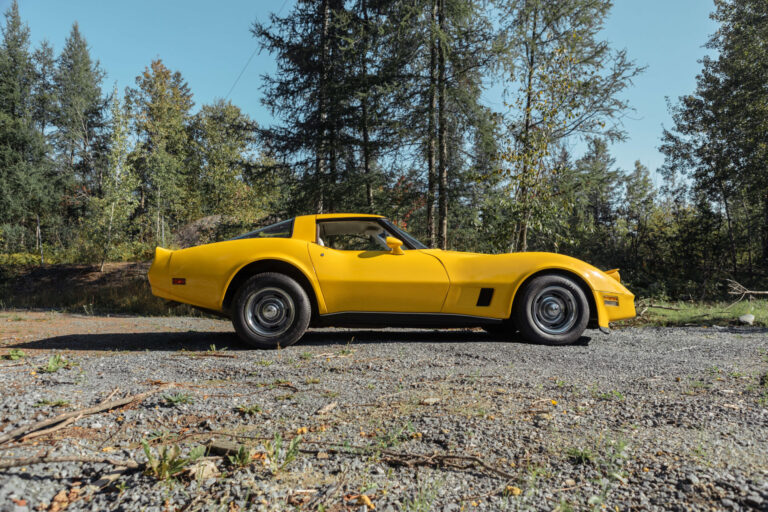The Automotive Dream “One man and his dream had not simply left the world with an engine and four wheels; Henry Ford and his Model T had influenced people's everyday lives - where they lived, how they spent their leisure time, even how they viewed themselves.” - Gary...
Studebaker President Speedster 1955
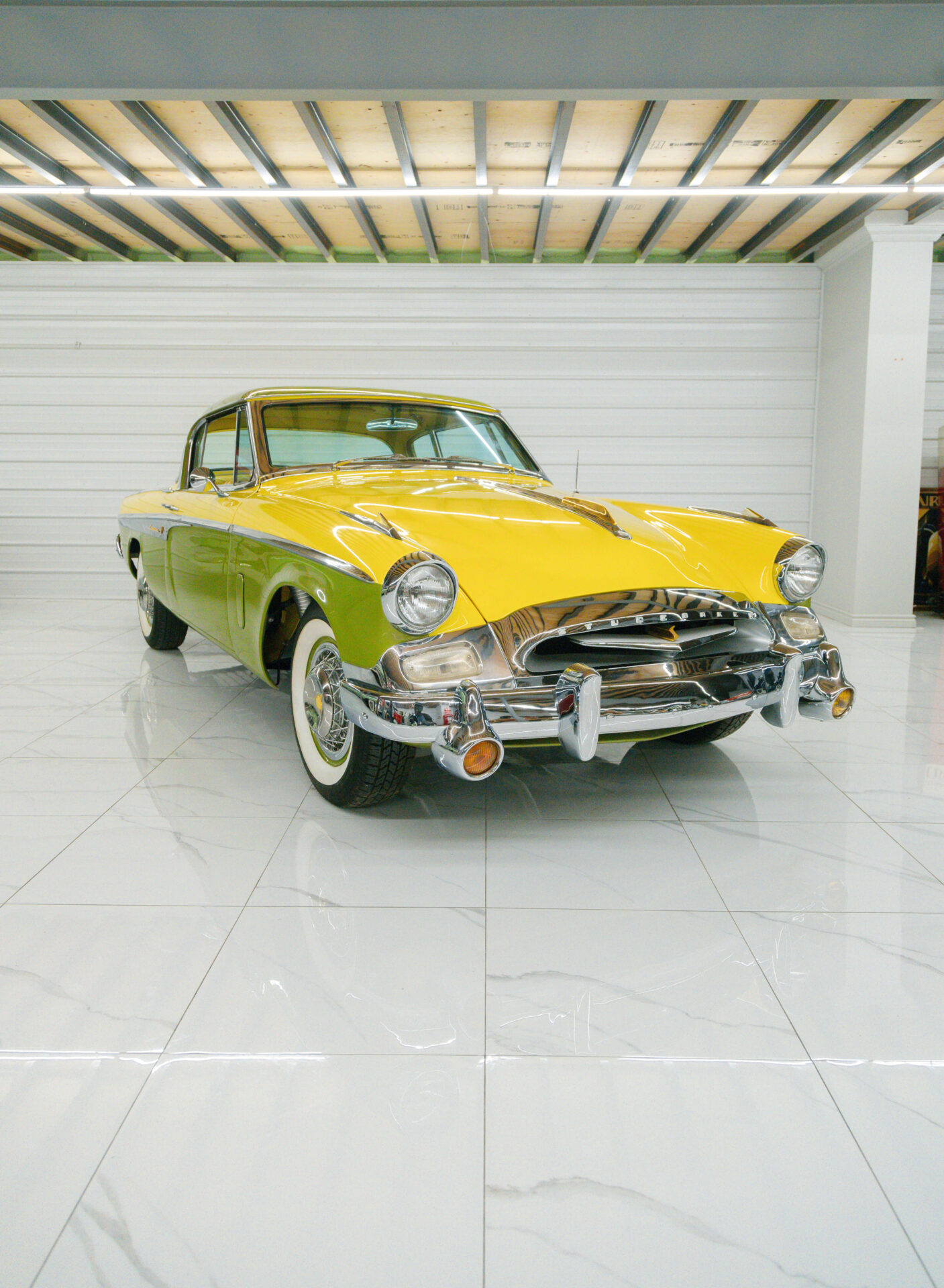
Photo credit - Good Vision Prod
Recent posts
Lagonda 16/80 Special Six 1933
English Touring The car we present to you this week is the Lagonda 16/80 Special Six in the Demers Car Collection. Lagonda was a luxury British car brand that Aston Martin eventually absorbed. Through its association with Aston Martin, it is sometimes hard to remember...
An Introduction to Lagonda
Before Aston Martin “The history of Lagonda cars is synonymous with sophistication, opulence, and groundbreaking performance” - An article for Discovery UK Today, we may recognize the name Lagonda from its association with Aston Martin. Before these two brands...
Cadillac Model A 1903
The Standard of the World “No other American car on the market in the first decade of the century was constructed to higher standards than Cadillac.” - Stephen W. Sears in The Automobile in America Some of you may know that Cadillac has long had the slogan “Standard...
The Best of 1955
“In a way, traveling in a Speedster is like arriving at a party in the company of a Hollywood celebrity—no one ignores you, or at least no one ignores your companion.” – Murray Stahl in Auto Restorer
The subject of this week’s blog article is the Studebaker President Speedster from 1955. Studebaker made this model for one year only and it was the Halo car for the brand. Car collectors today appreciate it for its high-quality status and low production numbers. The two-tone one in the Demers Car Collection was well-perceived in its time and is still being admired today. Keep reading to learn more about this exclusive American model, the context in which it appeared and its specific details.
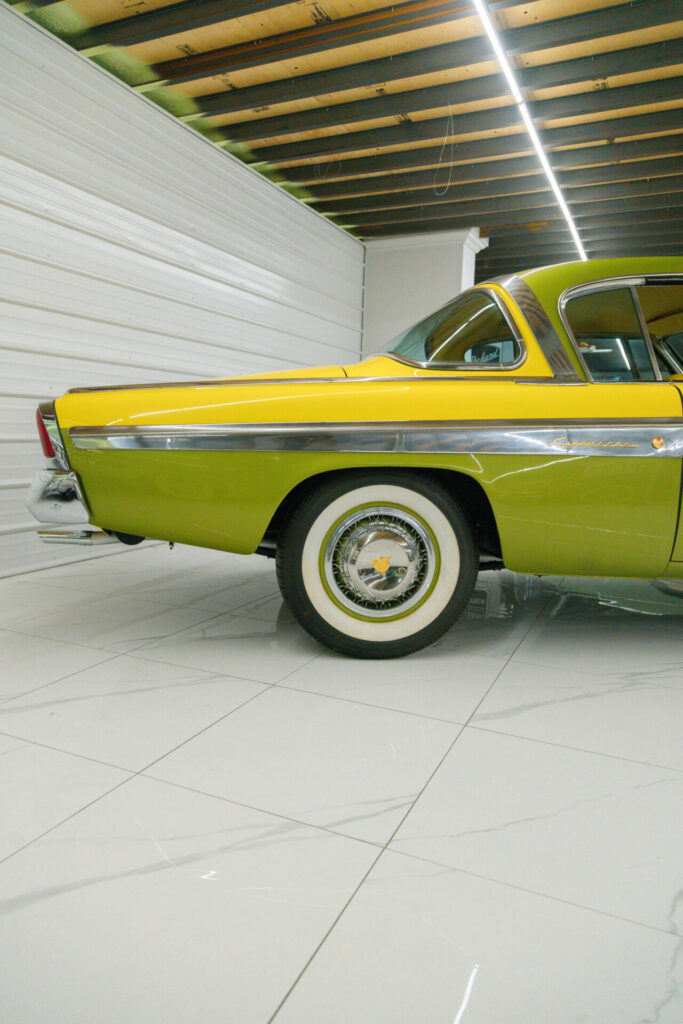
The President
Studebaker introduced the President model line in the mid-1920s at the height of the Roaring Twenties. Unprecedented interest in luxury American cars inspired the American brand to make its own high-end model. It had a mighty eight-cylinder engine and its long chassis allowed it to sport elegant coachwork. It competed with other luxury American cars and stood its ground. The President line evolved throughout the years and its reputation grew.
President cars established several land speed records in the first decade of production of this model. For example, a modified Studebaker President won the Pikes Peak hillclimb race in 1931. The last year of production of the first continuous run of President cars was 1942. Studebaker resurrected the name in 1955 on this model. Although it was completely redesigned in 1956, the name was used until 1958 when it disappeared again. For Studebaker connaisseurs, the 1955 President Speedster is part of the fourth generation of the Presidents.
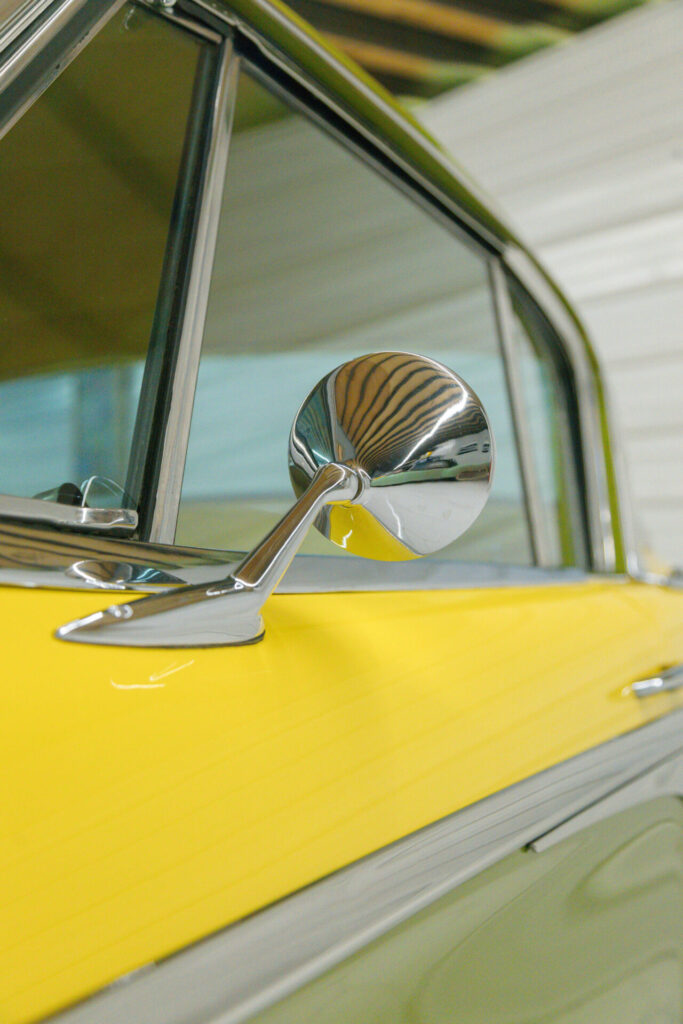
The Context
In the 1950s in the United States, automakers fiercely competed in both styling and pricing. This was the era of chrome and outstretched fins. The giants of Detroit held a solid portion of the sales while independent producers struggled to keep up. These were also the years of General Motors’ (GM’s) Motorama and the height of traveling auto shows in which producers showed off their latest advances.
As an independent, Studebaker had developed and maintained its reputation for producing avant-gardist and daring designs in the late 1940s and early 1950s. For 1955, Studebaker made 14 special President Hardtop coupes to present at car shows. Following the tradition of Presidents that came before, the special cars had a luxurious look to them with leather interiors and eye-catching tri-tone exteriors. They also had ample chrome, and special features and equipment. The enthusiasm about these show cars convinced Studebaker to start producing them under the President Speedster name in 1955.
As it was in the 1920s, the 1955 President Speedster was also top-of-the-line. The President Speedster was meant to be a Halo car. A Halo car is one that a brand promotes to attract attention, but that they don’t expect will drive sales. Often, it is the most expensive, glamorous and highly anticipated car in the line-up. Most commonly, top-of-the-line, Halo cars are some version of a convertible. For the 1955 Studebaker though, this hard-top version’s premium trim (and price tag) put it straight into this category.
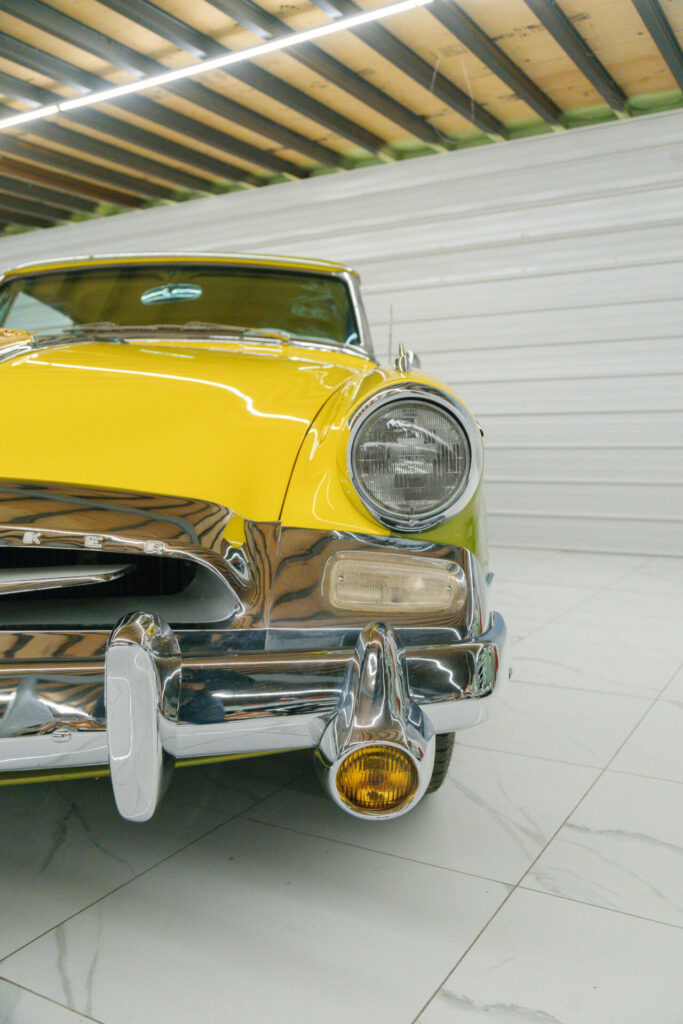
The Speedster
Studebaker had also already used the name Speedster. Cars from the 1920s wore that appellation. The Speedster name is usually associated with sports or competition cars. Famously, Auburn made two series of boattail Speedsters, sports cars that were also Halo models. In the 1950s, European imports flooded the American market in the sports car segment. No American brand had successfully tapped that market yet. It is believed that the 1955 President Speedster was Studebaker’s attempt at breaking into that segment. It was in the same class as cars like the Ford Thunderbird, GM’s Corvette and the Chrysler 300. This high-end, pricy car also completed Studebaker’s line-up, which already had economy and mid-priced models.
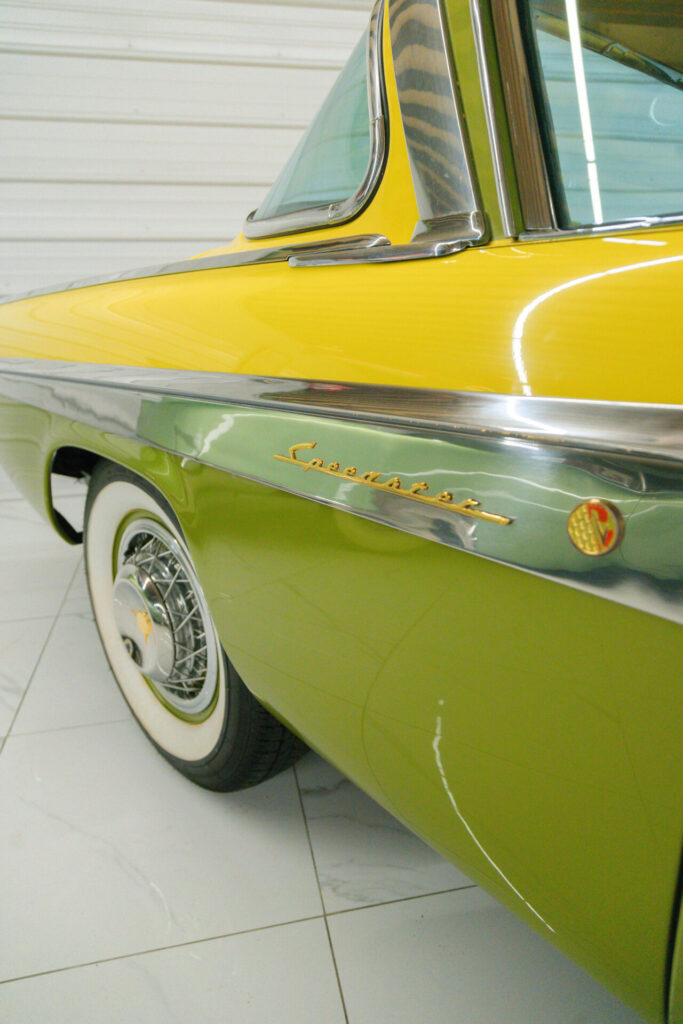
The 1955 President Speedster
In 1955, Studebaker completely restyled its line-up under the supervision of Raymond Loewy. Studebaker wanted to maintain its reputation as a styling leader. The President Speedster was offered along with the State Hardtop and the Custom Sedan in the President series. As a Halo model, no expense was spared on the President Speedster. Top-of-the-line, and arguably the most interesting, the Speedster model was about 25% more expensive than the next President model. Compared to cars of previous years, the President’s bumper was larger and chrome was more prominent.
The President Speedster’s paint job is noteworthy. It was offered in two or three-tone color combinations. The one you see here is in the Hialeah Green and Sun Valley Yellow combo, nicknamed “lemon and lime.” This was the most popular color combination when new. The same flamboyant colors fascinate us today.
The attention to detail and the trim elements are also spectacular. When you look closer, you can even notice a band of color matching the car on the wheels’ hubcaps. Although most parts on the President Speedster could be found on other cars from the Studebaker line, the engine-turned dashboard is unique to this model. Like the 14 show cars, the catalog President Speedster was full of features and special equipment that was offered as standard. And it retained the luxurious leather interior of the show cars. It is estimated that about 2,215 Studebaker President Speedsters were made in 1955.
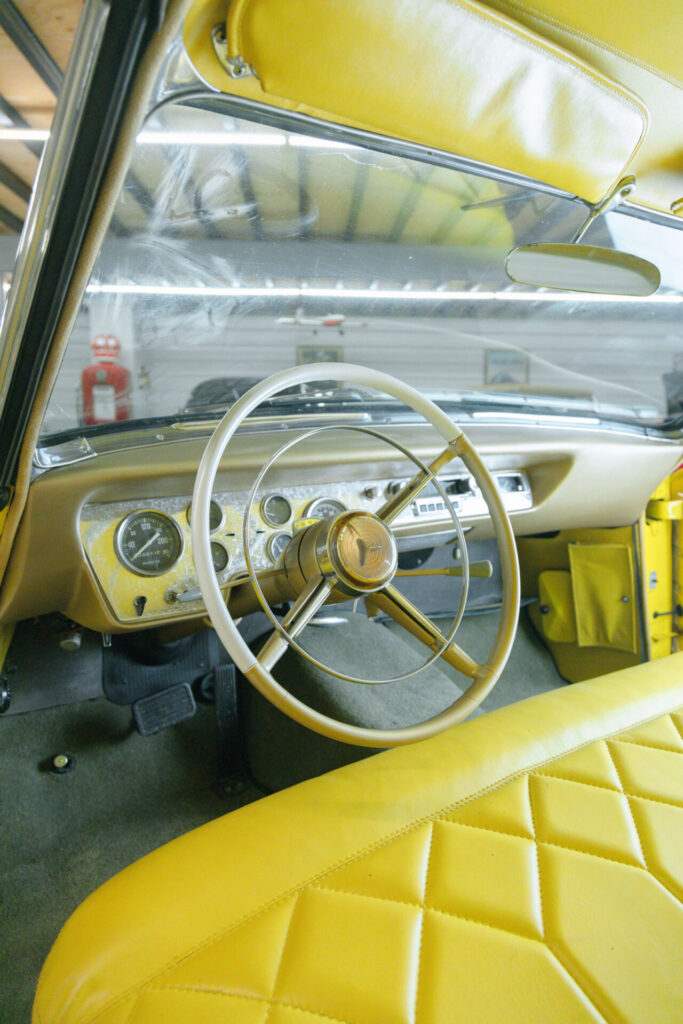
What Now?
The President went through yet another thorough restyling for the next year, making this model rare. The line was also discontinued in 1957 and the Hawk which was introduced a year before, took its place. Due to its particularities, it is considered a milestone car. No wonder why you can find it in the Demers Car Collection! Don’t miss next week’s article where we discuss the art of coachbuilding.
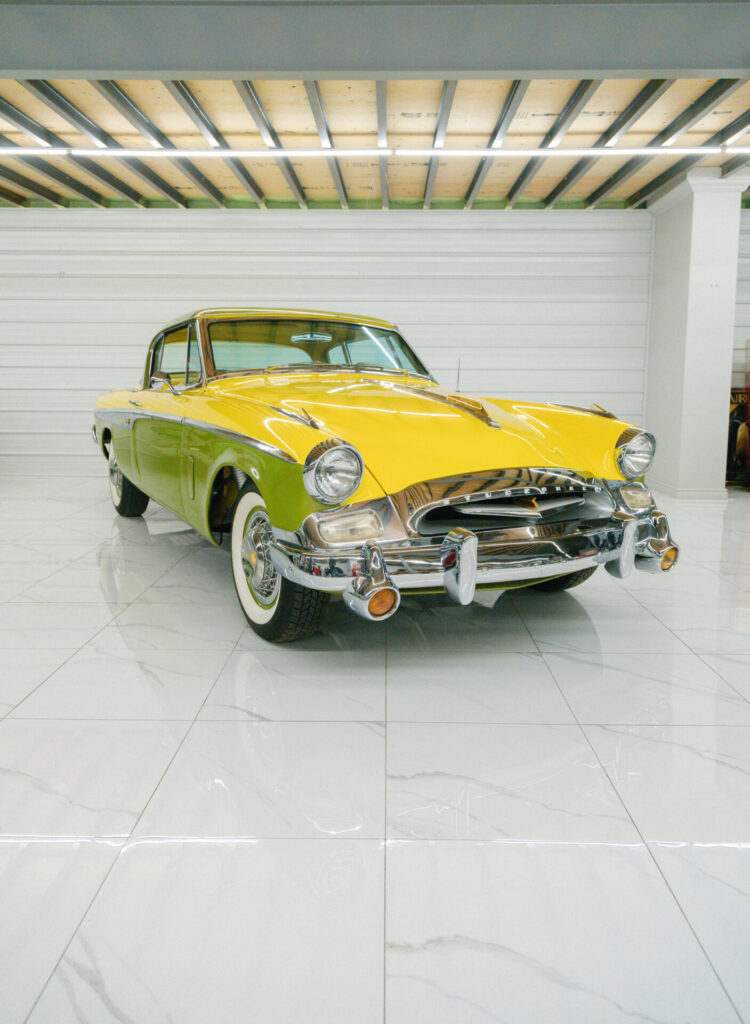
The Nitty Gritty
- 259.2 cubic-inch eight-cylinder engine
- Automatic transmission (the buyer had a choice between manual or automatic)
- Power steering and brakes
- Dual exhaust
- Carter four-barrel carburetor
- Two-speed electric wipers
- Independent, coil springs front suspension
- Live axle, leaf springs rear suspension
- 120.5 in wheelbase
- $3,253 when new
- 185 hp
- Max speed: 125 mph or about 201 km/h


